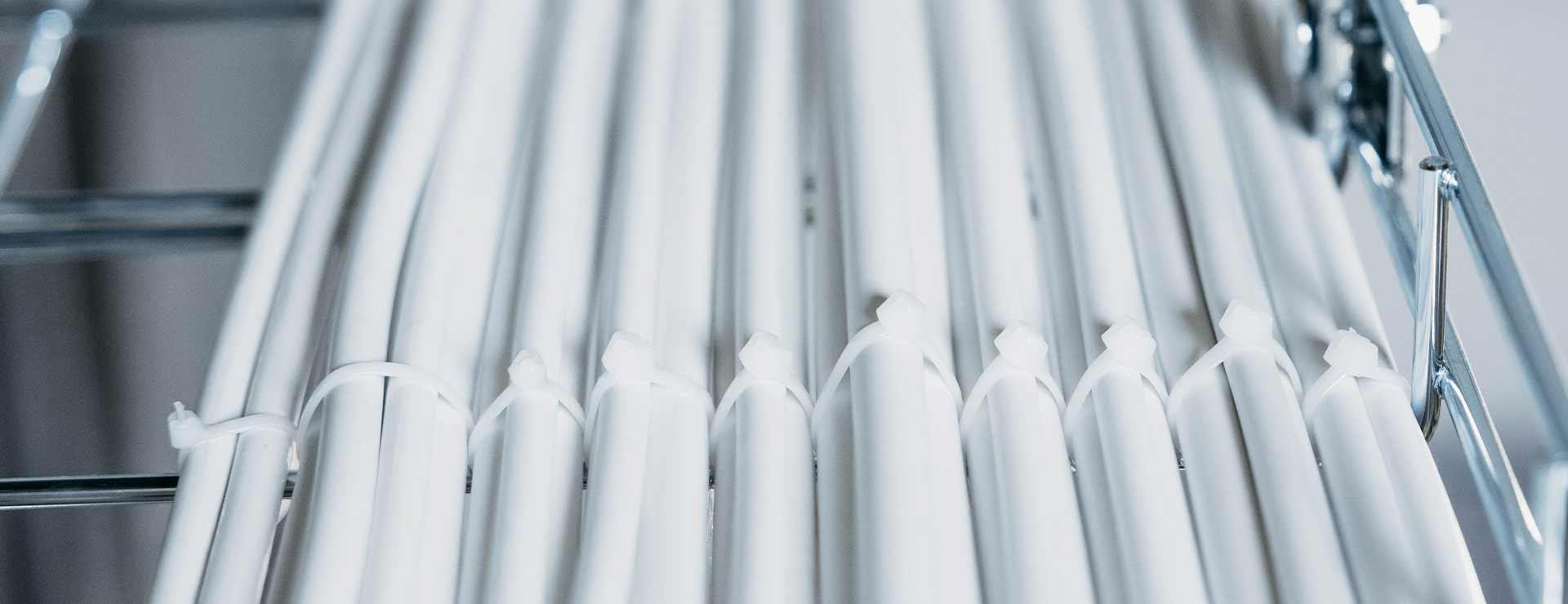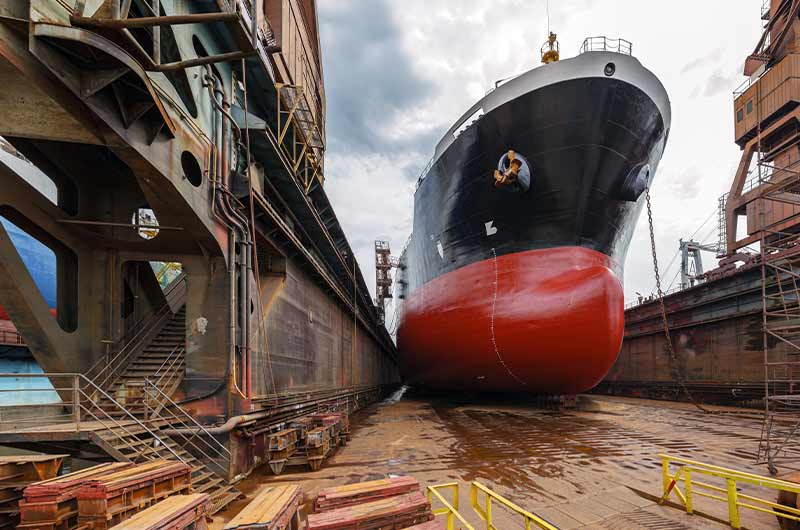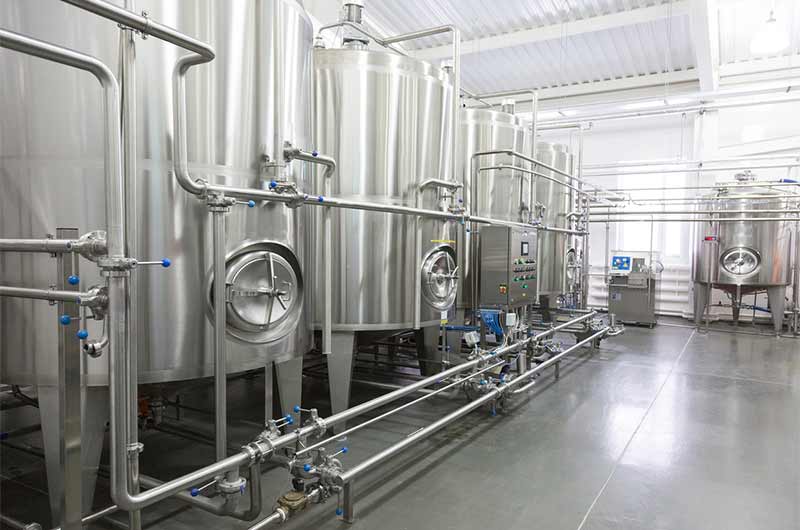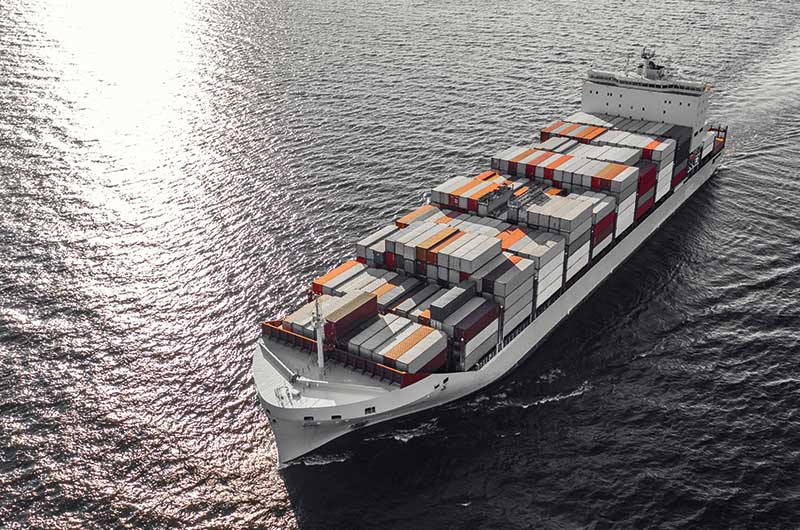Corrosivity class C5
The C5 classification system is part of the ISO 9223 standard, which provides guidelines for determining the corrosivity of atmospheres. In this system, corrosive environments are divided into several categories, ranging from C1 to C5, with C5 representing the most severe level of corrosion.

The corrosive agents in C5 environments typically include chloride ions, sulfur dioxide, and other pollutants emitted by industrial activities. In environments within the food industry, high demands are placed on hygiene. Regular cleaning with strong chemicals can lead to corrosion and requires a material that is resistant and easy to clean.

In addition to chemical pollutants, temperature fluctuations and moisture levels play a significant role in accelerating corrosion in C5 environments. The combination of moisture and airborne pollutants creates an electrolytic environment conducive to corrosion reactions, especially in the presence of oxygen.
To mitigate the effects of C5 corrosion, various protective measures are employed, including the use of corrosion-resistant materials. We recommend Stainless 304L and Stainless 316L for these tough environments.
Subcategories C5-I and C5-M
The C5 classification contains two subcategories: C5-I and C5-M, which provide more specific criteria for assessing corrosive environments.

C5-I
C5-I refers to an environment with industrial pollution. In these settings, metal surfaces are exposed to corrosive agents emitted by industrial processes such as chemical manufacturing and metal refining. The pollutants released in C5-I environments often include sulfur dioxide, hydrogen sulfide, and various acidic compounds. These substances can react with metal surfaces, accelerating corrosion and causing significant damage over time. Examples of C5-I environments include industrial zones, manufacturing facilities, and areas near power plants or refineries. The food industry also falls under C5-I due to its high standards for hygienic environments. Regular cleaning necessitates a material resistant to many of these chemicals, preventing damage and deterioration of the material.

C5-M
C5-M refers to a marine environment. In these settings, metal structures are exposed to saltwater spray, high humidity, and airborne pollutants commonly found in coastal regions. The presence of chloride ions in seawater makes C5-M environments particularly corrosive to metals such as steel and aluminum. Saltwater can penetrate protective coatings and initiate corrosion, leading to pitting, rusting, and structural deterioration. Structures exposed to C5-M conditions include ships, offshore platforms, coastal infrastructure, and marine vessels.